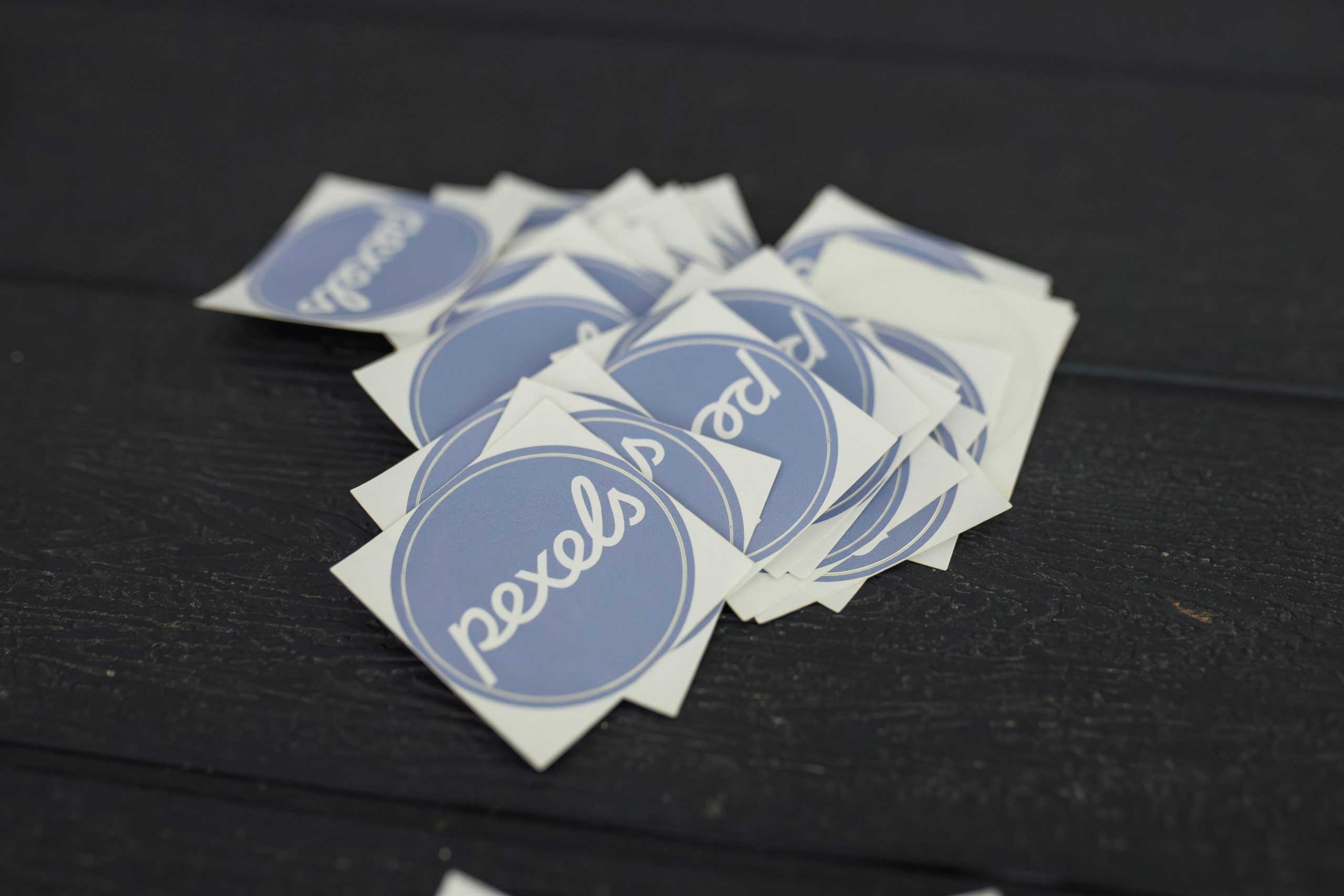Understanding Font Rendering and Smoothing Techniques Across Web Browsers
When designing websites that feature pixel art fonts or require crisp, pixel-perfect typography, font rendering quality becomes a critical consideration. A common challenge developers face is the unintended blurring or smoothing of such fonts across different browsers. This article explores the mechanisms behind font smoothing, particularly in browsers like Firefox, Safari, Chrome, and their underlying rendering engines, and discusses strategies to achieve consistent, high-quality text display.
The Influence of Browser Rendering on Font Appearance
Browsers utilize various methods to optimize text display, which often involve smoothing or anti-aliasing to improve readability, especially at small sizes or on high-resolution screens. However, these smoothing techniques can sometimes undermine the crispness of pixel art fonts, resulting in blurriness that undermines the visual aesthetic.
In particular, WebKit-based browsers (like Safari and older versions of Chrome) offer CSS properties that allow developers to control font smoothing and anti-aliasing. For instance, properties such as:
css
-webkit-font-smoothing: none;
can disable font smoothing effects in WebKit browsers, leading to crisper, pixel-perfect rendering of pixel art fonts. This is especially advantageous when you want your font to retain its intended pixelated appearance at various zoom levels.
Limitations and Cross-Browser Compatibility
While WebKit browsers support these CSS traits, other browsers do not. Firefox, for example, traditionally lacks support for CSS properties that disable font smoothing directly, which means achieving identical effects across all browsers using only CSS can be challenging.
This leads to a common question among web developers: Is it possible to implement a cross-browser solution that preserves pixel-perfect font rendering regardless of the user’s browser choice?
Case Study: Pixel Art Fonts on a Framework Website
Interestingly, some websites, like the framework site Framework Laptop, display pixel art fonts that remain sharp and unfiltered even when zoomed in. Observing such sites reveals that they successfully maintain pixel precision across different zoom levels and browsers.
One key to their success lies in utilizing CSS and possibly other techniques (such as SVG or image-based fonts) that preserve the pixelated aesthetic. For example, by setting:
css
html {
image-rendering: pixelated;
}
browser support allows images and sometimes text to be rendered with sharp edges.
Furthermore, at higher zoom levels (like 150%), some browsers render text differently, potentially revealing whether native font smoothing is

